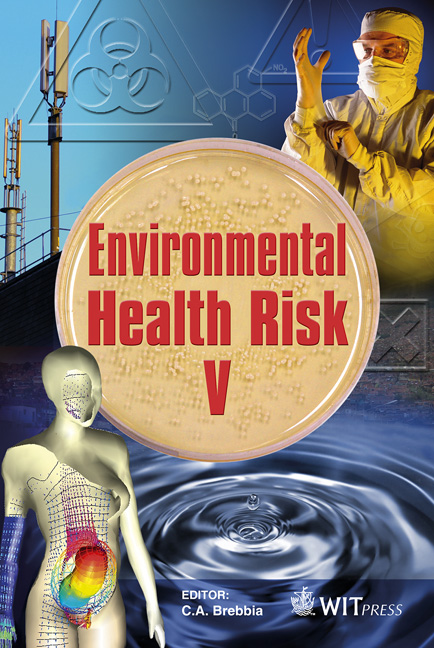Toxicity Assessment Of Chlorinated Secondary Effluents By The Vibrio Fischeri Bioluminescence Assay
Price
Free (open access)
Transaction
Volume
14
Pages
12
Page Range
329 - 340
Published
2009
Size
385 kb
Paper DOI
10.2495/EHR090321
Copyright
WIT Press
Author(s)
J. Bayo, J. M. Angosto, M. D. Gómez-López, I. Oleaga & C. García
Abstract
The objective of this manuscript was to assess the toxicity formation on biological treated wastewater from a municipal wastewater treatment plant, after a chlorination-dechlorination disinfection process. Water was monitored by means of physicochemical and ecotoxicological parameters, with the use of Vibrio fischeri bioassay. Since a dechlorination process removed residual chlorine, the positive correlation between toxicity values and chlorine concentrations suggested the formation of toxic disinfection by-products (DBPs). Statistically significant differences could be observed for toxicity values according to total carbon, total inorganic carbon, total nitrogen, chlorine, and pH. However, total organic carbon, chemical oxygen demand, electrical conductivity and turbidity had no statistical significance on toxicity formation. Three second-order polynomial equations were fitted between with total carbon and total nitrogen concentrations as independent variables, and EC50 as a dependent one. Keywords: bioluminescence, disinfected wastewater, reclaimed water, chlorination.
Keywords
bioluminescence, disinfected wastewater, reclaimed water, chlorination





